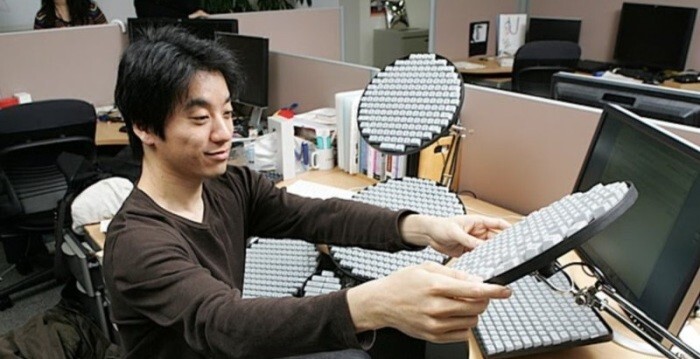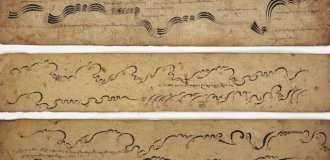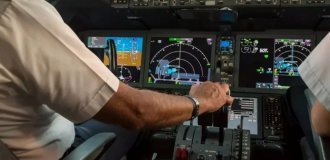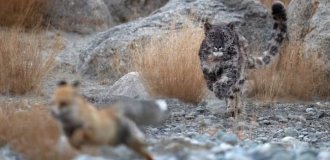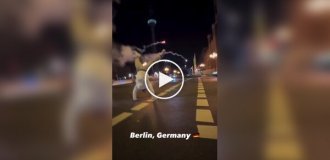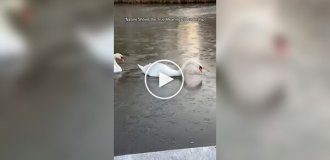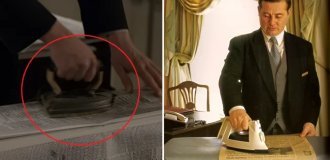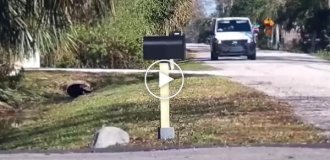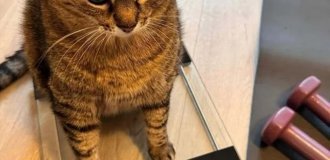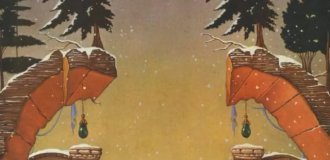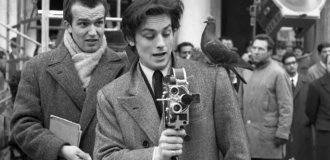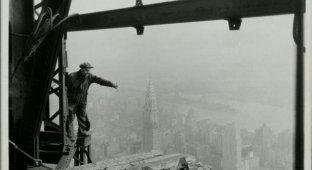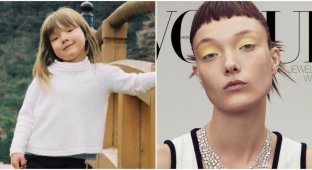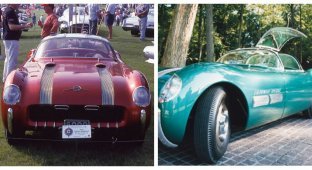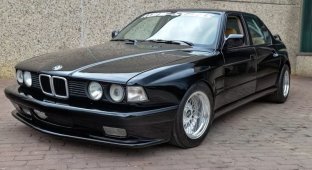How do the Chinese print hieroglyphs if there are more than 60 thousand of them? (9 photos)
The Chinese language is quite peculiar and has a number of features. One of them is the lack of an alphabet. We, of course, It's hard to imagine what it could be, but it's a fact. Here the words in in writing are indicated by hieroglyphs - one or a whole set. There are more than 60,000 Chinese written languages in total. hieroglyphs. With our then 33rd letters can not be compared. 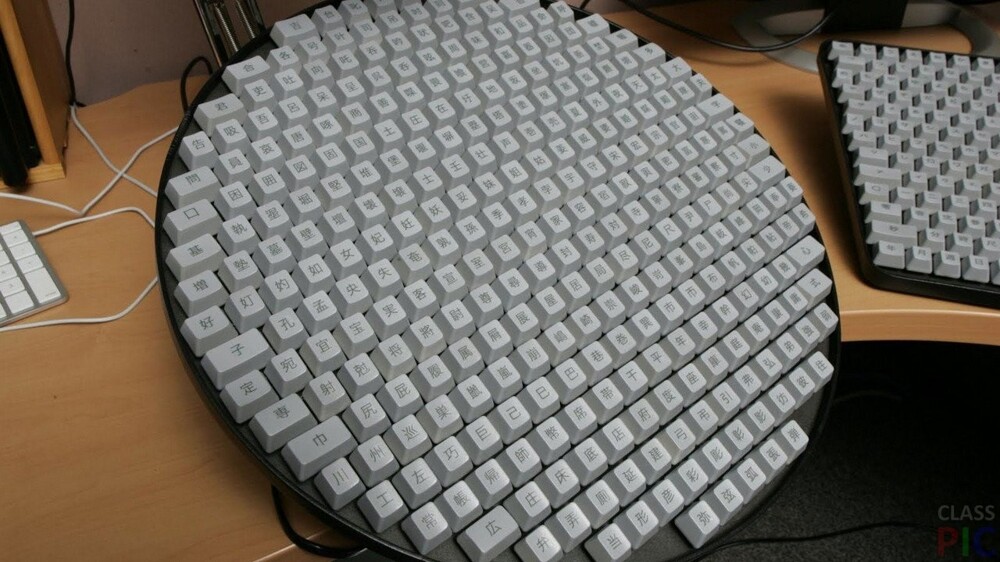
This state of affairs can easily cause shock and even horror in those who are just starting to learn Chinese. Remains only guess what the keyboard might look like if it had not been invented pinyin. 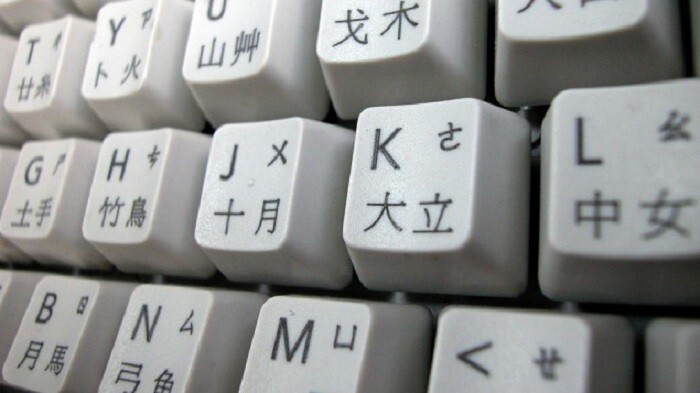
It is thanks to this unique system that the people of China and there are no special problems and difficulties when writing a huge number hieroglyphs. And the most interesting thing is that for this they use a simple keyboard with normal English layout. 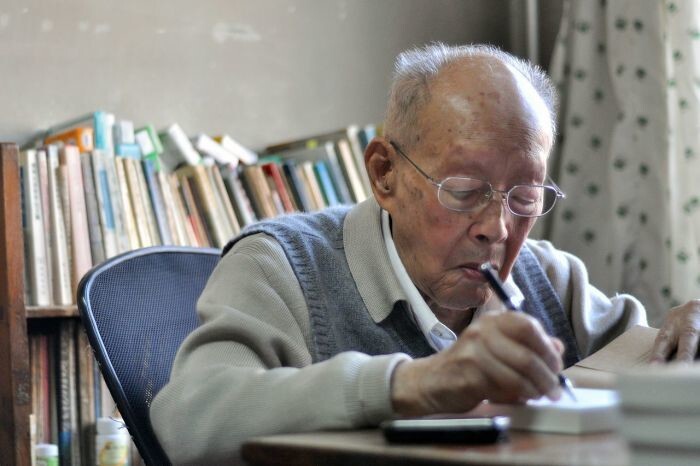
The Pinyin system was invented by the Chinese linguist and economist Zhou Yaoping.
This is a text typing system that exists for several decades. To be precise, it was invented in 1958. Among authors-inventors and Zhou Yuguang (Zhou Yaoping) Chinese economist, linguist and long-liver. In China, the system has its own official status. On Taiwan, it has been recognized as the official romanization standard since 01/01/2009
If you explain in an accessible language, then with the help of pinyin almost every character in Chinese can be shown in the format letters of the Latin alphabet. For those foreigners who decide to learn the language, The system is very helpful. 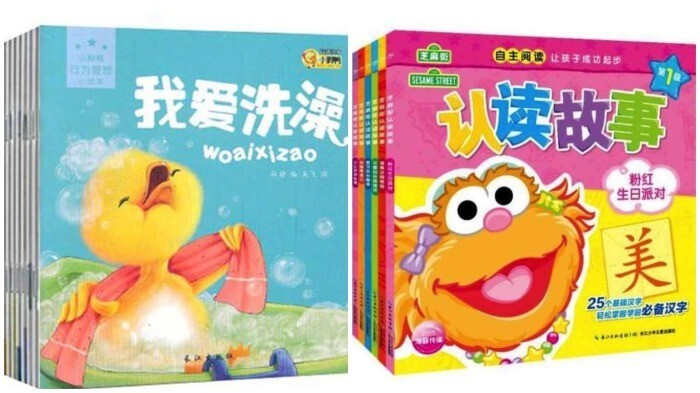
Most modern children's books in China are published in hieroglyphic and pinyin format.
All modern children's books in China are published in the format hieroglyphs and pinyin. This is now standard practice. IN in principle, if you understand it well, it works quite simply, and The main thing is user-friendliness.
Each character can be shown as a letter of the Latin alphabet
For example, you need to write "watch" in Chinese language. If we take the Chinese letter, then here the word is denoted by one hieroglyph - 看. On the keyboard, how this hieroglyph sounds is written, moreover, in Latin letters - "kan" ("kan"). But on the screen it is 看 that jumps out. In the same way, in Chinese they write absolutely all words. 
For typing, the inhabitants of the Celestial Empire use T9
After all, the Chinese print not only individual words, but also offers. For typing, they, like everyone else in the world, are helped by famous T9. As a rule, Chinese people write characters on the display, and the system digitizes them.
For the most part, this method is used by representatives older generation. For them, this option is much more suitable. people older age it is much easier to work the old fashioned way, and not with relatively young advanced system. There is also another option like voice dialing. In addition, using it, you can improve your pronunciation when learning a language. 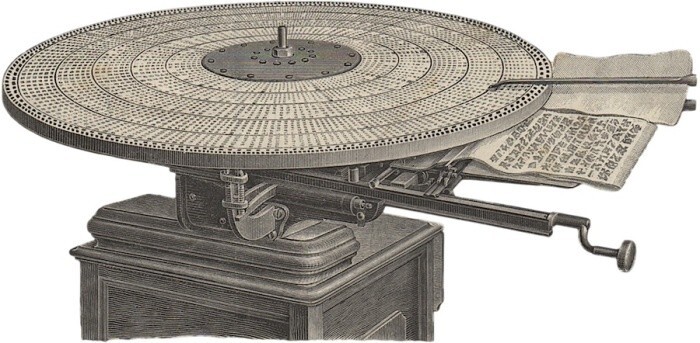
In the days of typewriters, it was not so easy for the Chinese
If with global computerization came relief in in terms of typing, then in the days of typewriters, the Chinese were not it's so easy. The fact is that in these printing devices of the old the sample was several hundred letters, on which symbols are drawn hieroglyphs. But working with such a machine was oh so difficult, if not painfully. 
More than a hundred letters on old-style printed media
There was another way - structural. Its essence is that all hieroglyphs without exception are a set of graphemes, then there are sticks, squiggles, and things like 丨, 丶, and 乙. There are 208 in total. Those who invented and developed the structural technique, on the keyboard place the five most commonly used, namely 一, 丨, 丿, 丶, 乙 plus co there are 25 characters in total, which are most often used. 